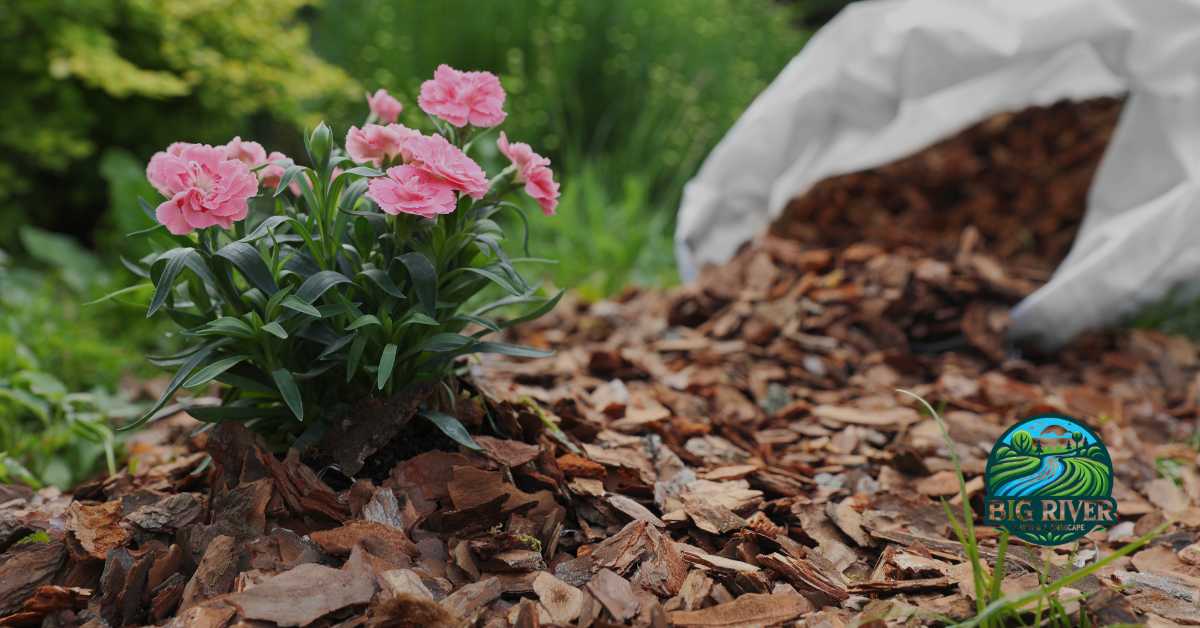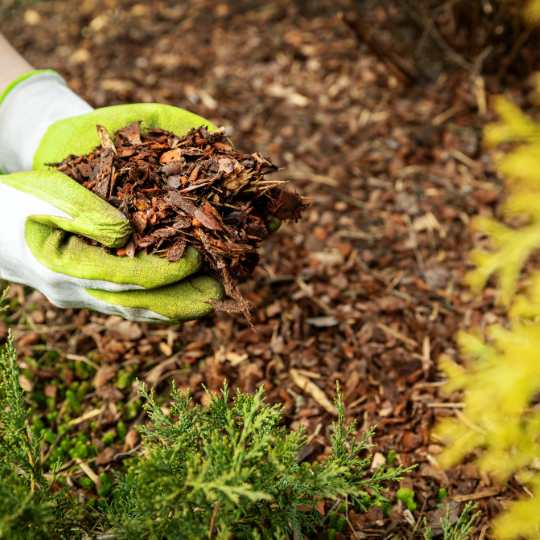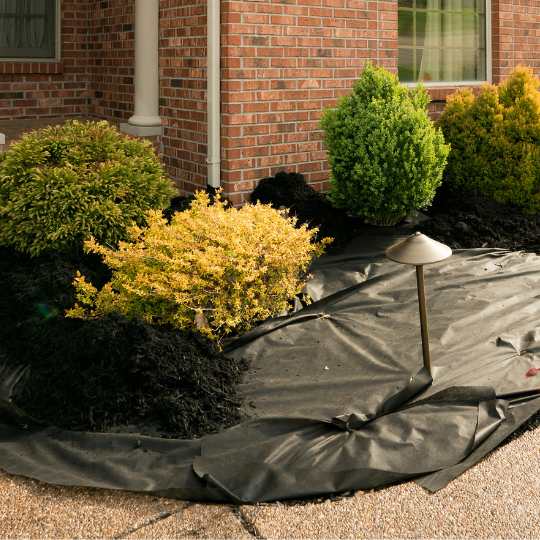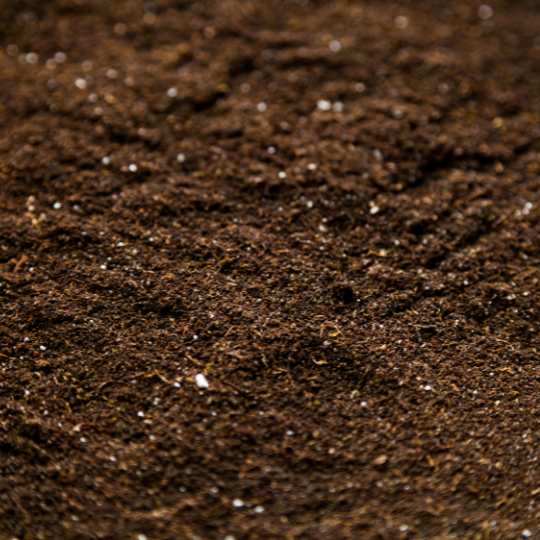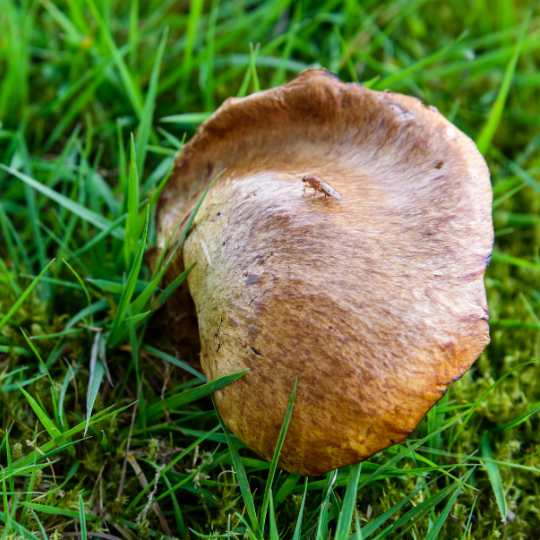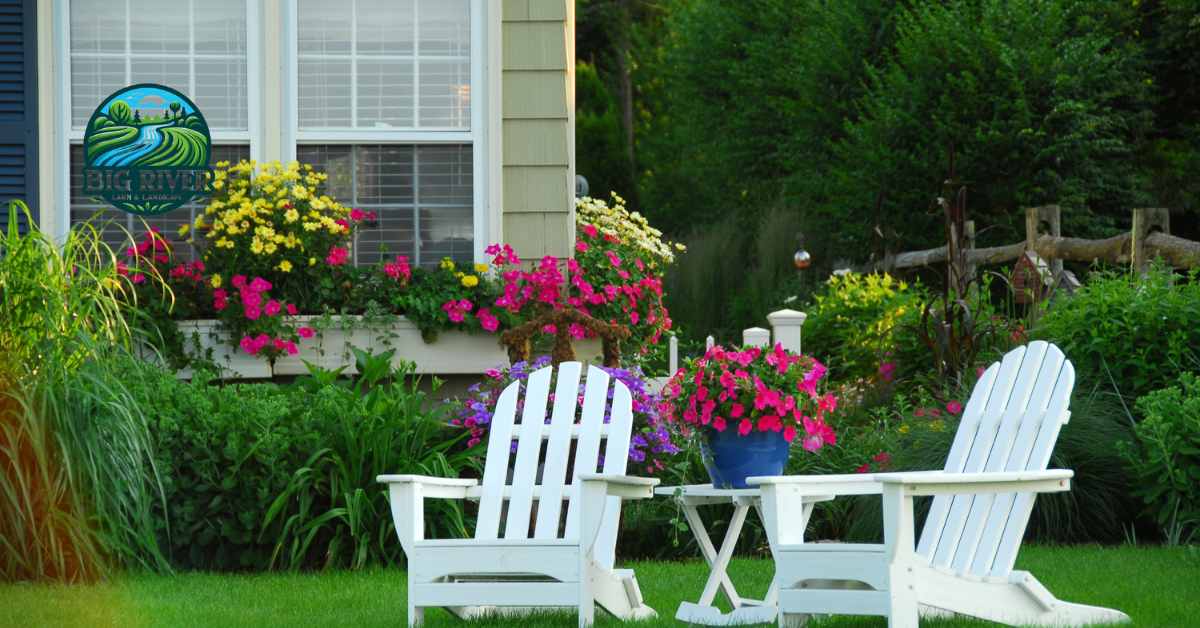Mulch serves as a fundamental element in gardening, offering a myriad of advantages to both plants and soil. By acting as a protective layer spread over the soil, mulch aids in moisture retention, weed suppression, temperature regulation, and soil enrichment. Understanding the various types of mulch, their applications, and the benefits they bring is crucial for cultivating healthy and thriving gardens. Let’s delve into the mulch world to explore its diverse forms, usage techniques, and the benefits it offers gardeners.
Importance of Mulch in Gardening
Mulch is a vital component in gardening that offers numerous benefits to plants and soil. It acts as a protective covering placed over the soil to retain moisture, suppress weeds, regulate soil temperature, and enhance soil fertility. Additionally, mulch helps create a conducive environment for beneficial soil organisms, fostering a thriving ecosystem beneath the surface. Additionally:
- Mulch retains moisture in the soil, reducing the need for frequent watering.
- It suppresses weed growth by blocking sunlight and inhibiting weed seed germination.
- Mulch regulates soil temperature, keeping it cooler in summer and warmer in winter.
- Organic mulch enriches the soil with nutrients as it decomposes, enhancing soil fertility.
- It helps prevent soil erosion caused by wind and water runoff, preserving topsoil integrity.
- Certain types of mulch repel insects and deter pests, protecting plants from damage.
Types of Mulch
Mulch comes in various forms, each offering unique characteristics and benefits to suit different gardening needs. Understanding the distinctions between organic and inorganic mulches empowers gardeners to make informed decisions when selecting the most suitable option for their landscapes. Let’s explore the different types of mulch:
Organic Mulch
Organic mulch is derived from natural materials such as wood chips, straws, leaves, grass clippings, and compost. These materials decompose over time, enriching the soil with essential nutrients and creating a nutrient-rich layer that supports microbial activity. Furthermore, organic mulch enhances soil structure by improving aeration and drainage, creating an optimal environment for root growth.
Benefits of Organic Mulch
- Soil Enrichment: As organic mulch decomposes, it releases nutrients into the soil, improving its fertility and promoting robust plant growth. Moreover, the decomposition process adds organic matter to the soil, increasing its water-holding capacity and nutrient retention.
- Moisture Retention: Organic mulch helps retain moisture in the soil, reducing the need for frequent watering and minimizing water loss through evaporation. This moisture retention is especially beneficial during periods of drought or dry weather, ensuring plants have a consistent water supply for healthy development.
- Weed Suppression: A thick layer of organic mulch inhibits weed growth by blocking sunlight from reaching weed seeds and preventing them from germinating. Additionally, organic mulch creates a physical barrier that makes it difficult for weeds to establish roots, reducing the need for manual weeding and chemical herbicides.
- Temperature Regulation: It insulates the soil, keeping it cooler in summer and warmer in winter, which helps maintain optimal soil temperatures for plant growth. This temperature regulation is particularly beneficial for sensitive plants that are susceptible to temperature extremes, ensuring they remain comfortable and thrive throughout the growing season.
- Soil Protection: Organic mulch protects the soil from erosion caused by wind and water, preventing valuable topsoil from being washed away. By covering the soil surface, organic mulch also reduces the impact of heavy rainfall, minimizing soil compaction and surface crusting and preserving soil structure for healthy root development.
Considerations and Best Uses
Choose mulch materials based on your garden’s specific needs and plants’ requirements, considering factors such as moisture retention, nutrient content, and aesthetic appeal. Additionally, consider the availability and cost of mulch materials and their sustainability and environmental impact.
Apply organic mulch at least 2-4 inches thick to ensure adequate coverage and benefits, taking into account factors such as mulch decomposition rate, climate conditions, and desired aesthetic effect. Additionally, replenish mulch as needed to maintain the desired thickness and effectiveness, especially in areas prone to erosion or decomposition.
Inorganic Mulch
Inorganic mulch consists of non-living materials such as gravel, plastic sheeting, landscape fabric, and rubber mulch. Unlike organic mulch, it doesn’t decompose and offers long-lasting benefits. Inorganic mulch is favored for its durability and low maintenance requirements, making it a practical choice for areas where aesthetics and longevity are prioritized.
Benefits of Inorganic Mulch
- Durability: Inorganic mulch lasts longer than organic mulch, requiring less frequent replacement and maintenance. This durability makes it a cost-effective option for long-term landscape solutions, reducing the need for frequent mulch applications.
- Weed Control: It effectively suppresses weed growth by blocking sunlight and preventing weed seeds from germinating. Unlike organic mulch, which may decompose and provide a conducive environment for weed growth, inorganic mulch forms a barrier that inhibits weed establishment.
- Water Conservation: Inorganic mulch helps conserve soil moisture by reducing evaporation and preventing water loss from the soil surface. This water conservation feature is particularly beneficial in arid climates or during drought conditions, ensuring plants have access to adequate moisture for healthy growth.
- Aesthetic Appeal: Some types of inorganic mulch, such as decorative gravel or colored stone, enhance the visual appeal of garden beds and landscape features. Inorganic mulch offers a range of colors, textures, and sizes, allowing for creative customization and design flexibility to complement any outdoor space.
Considerations and Best Uses
Inorganic mulch is ideal for areas where organic mulch may decompose too quickly or attract pests, such as high-traffic areas, playgrounds, or commercial landscapes. Additionally, inorganic mulch is suitable for use around plants that are sensitive to moisture, as it does not contribute to soil moisture retention.
Ensure proper installation to prevent weeds from growing through gaps in the mulch layer. Using landscape fabric or plastic sheeting as a barrier underneath the mulch further inhibits weed growth and provides long-lasting weed control.
How to Use Mulch?
Utilizing mulch effectively is crucial for maximizing its benefits and promoting healthy plant growth in your garden. By following proper application techniques and maintenance practices, you can ensure that mulch serves its intended purposes efficiently. From preparation to application and maintenance, each step plays a vital role in creating an optimal environment for your plants to thrive. Let’s explore the essential guidelines for using mulch to enhance soil health, suppress weeds, conserve moisture, and maintain a flourishing garden landscape.
Preparation
Clear the area of weeds and debris before applying mulch to create a clean and uniform surface. Remove any existing mulch or vegetation to prevent competition for nutrients and moisture.
Ensure the soil is adequately moistened to promote decomposition and nutrient absorption. Water the soil thoroughly before applying mulch, especially during dry or hot weather conditions.
Application Techniques
Spread mulch evenly around plants, leaving a gap of a few inches around stems and trunks to prevent moisture-related diseases and pest infestations. Avoid piling mulch directly against plant stems or tree trunks, as this can cause rot and promote fungal growth.
Maintain a consistent layer thickness to maximize benefits and aesthetics. For most plants, apply mulch to a depth of 2-4 inches, ensuring complete coverage of the soil surface without smothering plant roots or restricting air circulation.
Mulch Maintenance
Regularly replenish mulch to maintain the desired thickness, especially in areas prone to erosion or decomposition. Check the mulch layer periodically and add additional mulch as needed to compensate for settling decomposition or wind dispersal.
Monitor for weed growth and remove any weeds that penetrate the mulch layer. Pull weeds by hand or use a hoe to prevent them from competing with plants for nutrients, water, and sunlight. Additionally, consider applying a pre-emergent herbicide or weed barrier fabric to suppress weed growth further and minimize maintenance requirements.
Benefits of Mulching
Mulching offers many advantages that contribute to your garden’s overall health and vitality. From improving soil structure to controlling weeds and conserving moisture, the benefits of professional mulching services are numerous and far-reaching. By understanding and harnessing these benefits, you can create a thriving garden ecosystem that fosters robust plant growth and sustains a harmonious balance with the environment. Let’s delve into the myriad benefits that mulching provides:
Soil Health
Mulch improves soil structure, fertility, and microbial activity, promoting healthy plant growth. By providing a protective barrier over the soil surface, mulch helps prevent soil compaction and erosion, allowing roots to penetrate easily and access essential nutrients. Furthermore, the gradual decomposition of organic mulch enriches the soil with organic matter, enhancing its ability to retain moisture and support beneficial microorganisms.
Weed Suppression
A layer of mulch acts as a natural weed barrier, reducing the need for herbicides and manual weeding. By blocking sunlight and preventing weed seeds from germinating, mulch helps suppress weed growth and competition, allowing cultivated plants to thrive without interference. Additionally, mulch creates a physical barrier that inhibits weed establishment, minimizing the spread of invasive species and reducing maintenance requirements.
Erosion Control
Mulch helps prevent soil erosion caused by wind and water runoff, protecting valuable topsoil and preserving landscape integrity. By covering the soil surface with a protective layer, mulch reduces the impact of rainfall and runoff, minimizing soil compaction and surface crusting. Furthermore, mulch absorbs and disperses rainwater, reducing the risk of soil erosion and nutrient runoff, which can degrade water quality and harm aquatic ecosystems.
Pest Control
Certain types of mulch, such as cedar chips or pine needles, repel insects and deter pests from damaging plants. By creating a barrier between plants and pests, mulch helps protect vulnerable foliage and roots from feeding damage and disease transmission. Additionally, mulch provides habitat for beneficial insects and predators that naturally control pest populations, promoting ecological balance and reducing the need for chemical pesticides.
Ending Insights
Mulch is a versatile and essential gardening tool, offering many benefits for plants, soil, and gardeners alike. By understanding the different types of mulch, proper application techniques, and maintenance practices, gardeners can create healthier, more vibrant gardens with minimal effort. Whether enhancing soil fertility, suppressing weeds, controlling erosion, or deterring pests, mulch plays a crucial role in sustaining a thriving and sustainable garden ecosystem.
What Is Mulch FAQs
What Is Mulch Used for?
Mulch is used in gardening and landscaping to cover the soil surface around plants. It serves multiple purposes: moisture retention, weed suppression, soil temperature regulation, and soil enrichment.
What Is a Mulching Blade?
A mulching blade is a specialized type of lawnmower blade designed to cut grass into fine clippings. These clippings are then distributed evenly on the lawn, where they decompose quickly, providing nutrients to the soil and acting as a natural fertilizer.
What Is Mulching in Gardening?
Mulching in gardening refers to the practice of applying a layer of organic or inorganic material to the soil surface around plants. This layer helps retain moisture, suppress weeds, regulate soil temperature, and improve soil fertility.
What Is a Lawn Mower Mulcher?
A lawn mower mulcher is a type of lawnmower equipped with a mulching blade and a mulching kit. It chops grass clippings into fine particles and redistributes them back onto the lawn, where they decompose and provide nutrients to the soil.
What Is the Best Mulch to Use in Flower Beds?
The best mulch to use in flower beds depends on various factors such as climate, soil type, and plant preferences. Common options include shredded bark, wood chips, straw, and compost. It’s essential to choose a mulch that complements your garden’s aesthetics while meeting your plants’ needs.
What Does Mulch Do?
Mulch serves several functions in gardening, including retaining soil moisture, suppressing weed growth, regulating soil temperature, improving soil fertility, and protecting plant roots from extreme temperatures and weather conditions.
What Is the Best Mulch to Use?
The best mulch to use depends on factors such as your plants’ specific needs, climate, soil type, and aesthetic preferences. Organic mulches like wood chips, shredded bark, and compost are popular choices because they improve soil fertility and moisture retention. Inorganic mulches such as gravel and landscape fabric are preferred for their durability and weed-suppressing properties.

